Diabetes - A Sweet Problem!
- Michael Rezk

- Nov 9, 2020
- 3 min read
Updated: Apr 16, 2021

The unprecedented rise in Diabetes Mellitus (more commonly known as Type II Diabetes) is a growing problem in the medical industry that has sparked the interest of many researchers in hopes of finding a cure. This chronic condition is a result of the body’s inability to process insulin which leads to consistently high blood glucose levels, and affects millions of people globally. It can lead to an onset of symptoms that include atherosclerosis, increased risk of heart disease, retinopathy, and neuropathy[1]. Analyzing the broader impacts of the disease is necessary for understanding its true implications. Over the past decade, an economic burden has been placed on the Canadian healthcare system as a result of an influx of Type II Diabetes patients. In this time, there were approximately 15 billion dollars worth of expenses as a direct result from these patients [2]. Another solution is needed in order to reduce these costs.
Lifestyle interventions, such as a change in diet and physical activity, have been shown to work in the management of Type II Diabetes. They have the potential to create significant reductions in both direct and indirect costs for the government as well as the individual [A1]. This can be explained by looking at the cellular mechanisms involved in insulin resistance.
In individuals who are overweight or obese, there is an increased amount of fatty acids found in the bloodstream. PKCε enzymes, which modulate cardiac cell metabolism, are activated as a result of the abnormality [A2]. These enzymes then bind to the insulin receptors and reduce the phosphorylation of IRS1 proteins. This in turn reduces downstream signaling, inhibiting the processing of insulin and leading to insulin resistance [3].
With lifestyle changes such as an increased exercise regiment and calorie restrictions leading to more calories being burned than being consumed, patients can significantly reduce the risk and effects of the disease. Figure 3 in the appendix illustrates that patients who are able to lose about 8% of their body weight can achieve glucose control that is similar to that of healthy controls [4]. Not all patients, however, can achieve the target blood glucose levels with merely diet and exercise alone. In these cases, patients will require pharmaceutical drugs such as metformin along with other agents such as gliclazide to decrease the body’s response to insulin [5].
A new protein, YAB-1, has also been discovered to have properties that increases insulin sensitivity in the bodies of insulin-resistant mice. This has led us to conclude that an absence of the gene that codes for YAB-1 will protect mice against insulin resistance, therefore significantly decreasing its risk for developing type II diabetes. These results could possibly be extrapolated to human trials in the future.
There have also been recent discoveries and studies that suggest that disruptions in the circadian rhythm can contribute to increased insulin resistance and consequently increased the risk of type II diabetes [6]. This is why we have proposed a new avenue of research for the professor This would be an excellent avenue of research to discover whether or not minimizing circadian rhythm disruptions results in a decrease of the severity of insulin resistance in type II diabetic patients.
To proceed with the research, our group is proposing to conduct an in vivo trial that involves a large sample of volunteers with a wide range of BMIs who will be split into two (2) groups: those working night shifts and those working day shifts. In these two groups there will be both individuals who have type II diabetes and those who do not. The volunteers’ melatonin levels as well as insulin tolerance will be recorded for a set period of time to determine a relationship between melatonin levels and blood glucose levels. This will help determine whether or not melatonin is useful in improving the health of those who are at risk and those who are diagnosed with type II diabetes.
References:
[1] “Type 2 symptoms,” DiabetesCanadaWebsite. [Online]. Available:
https://www.diabetes.ca/about-diabetes/type-2/symptoms. [Accessed: 28-Nov-2020].
[2] A. Bilandzic and L. Rosella, “The cost of diabetes in Canada over 10 years: applying
attributable health care costs to a diabetes incidence prediction model,” Health promotion and chronic disease prevention in Canada : research, policy and practice, Feb-2017. [Online]. Available: https://www.ncbi.nlm.nih.gov/pmc/articles/PMC5607525/. [Accessed: 28-Nov-2020].
[3] Gassaway BM, Petersen MC, Surovtseva YV, Barber KW, Sheetz JB, Aerni HR, et
al. PKCε contributes to lipid-induced insulin resistance through cross talk with p70S6K and through previously unknown regulators of insulin signaling. Proc Natl Acad Sci U S A. 2018;115(38):E8996–9005.
[4] M. Roden, “Muscle triglycerides and mitochondrial function: possible mechanisms for
the development of type 2 diabetes,” International Journal of Obesity, vol. 29, no. S2, 2005.
[5] NHS Choices. [Online]. Available: https://www.nhs.uk/medicines/metformin/.
[Accessed: 28-Nov-2020]
[6] Endocrinology [Internet]. Mayo Clinic. Mayo Foundation for Medical Education and
Research; [cited 2020Nov29]. Available from: https://www.mayoclinic.org/medical-professionals/endocrinology/news/an-emerging-connection-between-circadian-rhythm-disruption-and-type-2-diabetes-mellitus/mac-20429399

Comments